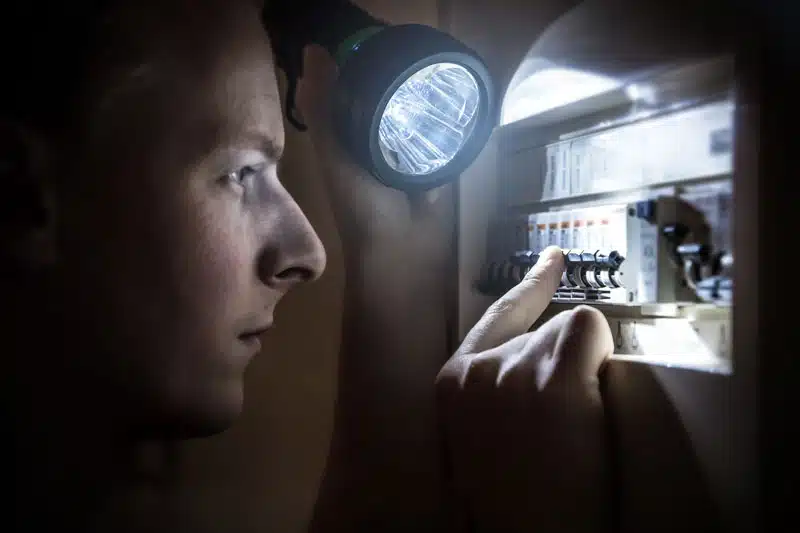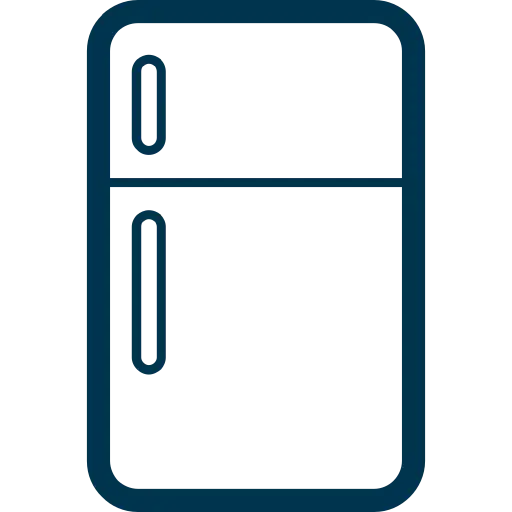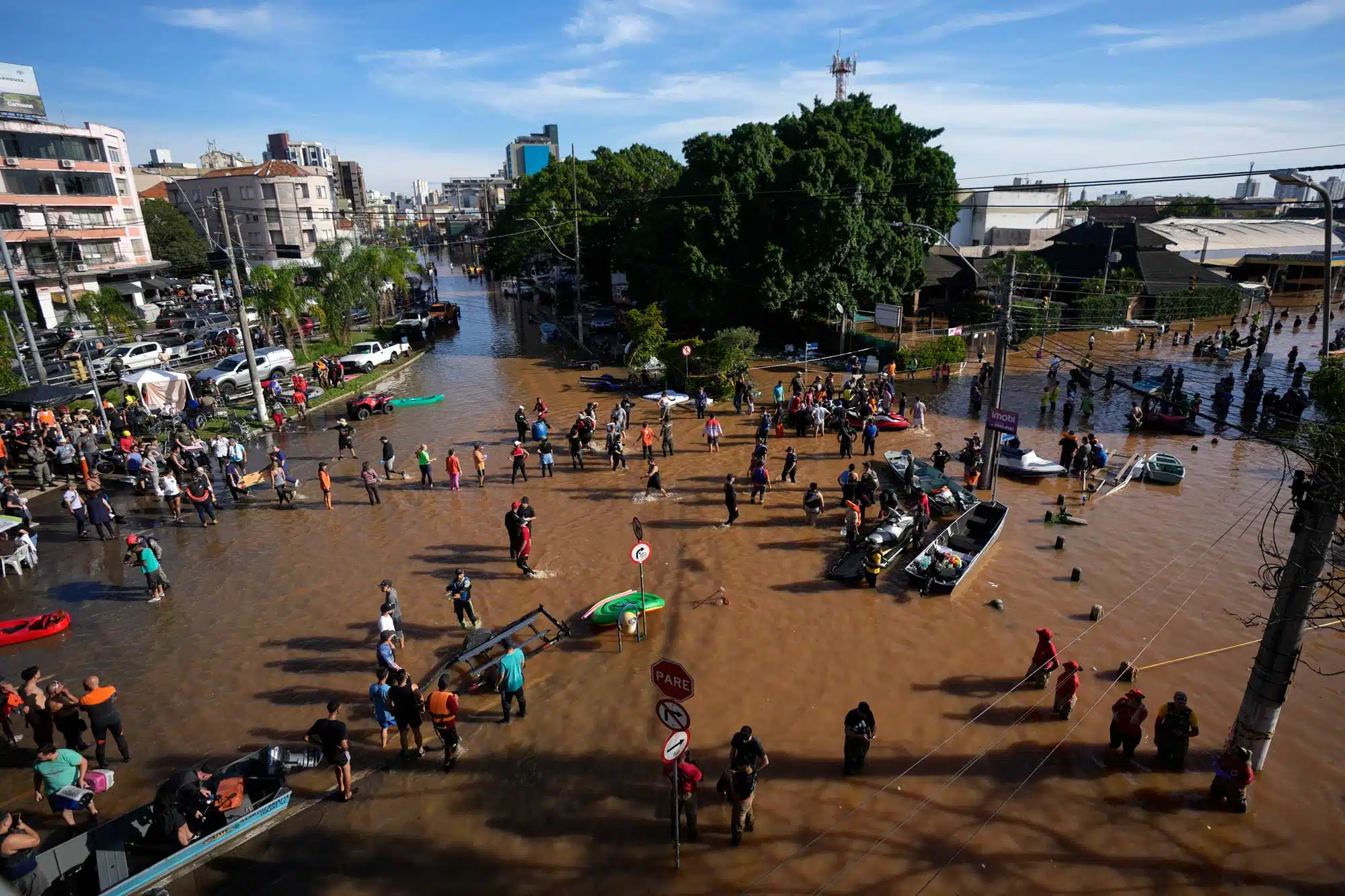Power outages can catch anyone off guard, leaving you in the dark and wondering what to do next.
Whether it’s a short-term blackout or a prolonged outage, knowing how to stay safe and entertained can make a big difference.
This guide is here to help you navigate through these times smoothly*.
We’ll cover key concepts, such as:

Whether you’re dealing with a sudden blackout caused by a natural disaster or a planned rolling blackout by your power company, you’ll find useful information on staying safe, keeping your family comfortable, and even having fun during a power failure.
Read on to become power outage-prepared!
How Long Do Power Outages Last?
The duration of power outages can vary widely.
- • Minor outages often last a few minutes to a few hours.
- • Major outages caused by storms or infrastructure damage can extend to days.
Utility companies work diligently to restore power as quickly as possible, but factors like the cause and extent of the damage to infrastructure like transmission lines can affect the timeline.
In most cases, power is restored within a few hours, but it’s crucial to be prepared for longer periods of losing power, especially during major incidents or natural disasters.

The Power of Preparedness
Ensure your family is protected in the face of unexpected challenges with our Disaster Preparedness Guide.
Topics Include:
— Family Communication Plan
— Evacuation Plans
— Care for Pets
— Weather Monitoring
Download Our Disaster Preparedness Guide!
Start your journey to preparedness now and download the guide to learn practical steps for facing any disaster confidently.
"*" indicates required fields
What Causes Power Outages?
Several factors can lead to power outages:
Severe Weather
Bad weather can cause power outages by damaging power lines, transmission towers, and substations.
Storms, hurricanes, heat waves, and winter storms can all impact power grids.
Fallen Trees
Trees or branches falling on power lines can disrupt the electrical system.
Trees hit by lightning during a summer storm and trees overloaded with ice during the winter are equally prone to fractures, so the risk continues through the year.
Vehicle Accidents
Accidents can cause power outages when cars or trucks crash into utility poles or other electrical infrastructure.
These collisions can damage power lines, transformers, and other critical components, leading to localized or widespread power disruptions until repairs are made.
Equipment Failures
These failures can cause power outages when aging or faulty components break down, interrupting the flow of electricity.
Transformers, circuit breakers, and other critical parts of the electrical system can malfunction, leading to disruptions until repairs or replacements are made.
Overloaded Power Grids
When the demand for electricity exceeds the grid’s capacity, a blackout may occur. During extreme weather or peak usage times — like when people are continually running their air conditioning — the strain can lead to system failures.
This may cause widespread power interruptions until the load is reduced or balanced.
What Is a Blackout?
A blackout is a complete loss of power in a specific area, usually affecting large regions and lasting for an extended period.
Blackouts can result from severe weather, equipment failures, or significant disruptions to the electrical grid.


What Is a Rolling Blackout?
Different from a standard blackout, a rolling blackout is a controlled and temporary shutdown of electricity in different areas to manage the power supply during high demand or shortages.
These are typically used by utility companies to prevent the entire power grid from failing.
How To Prepare for a Power Outage
Preparation is key to handling power outages smoothly. Here are 10 tips to help you prepare:

1. Create an Emergency Kit
Include essentials like flashlights, batteries, a first aid kit, medications, water, and non-perishable foods.
Convoy of Hope, a nonprofit organization that responds to disasters around the world, offers suggestions for putting together a kit for your family.
2. Charge Devices
Keep phones, power banks, and other essential electronics fully charged.
3. Backup Power Source
Invest in powered generators or battery backup systems for critical appliances.
4. Store Water
Ensure you have enough drinking water and water for hygiene purposes. You need more than a 48-hour supply.
It’s good to maintain a supply of at least one gallon of water per person per day for a minimum of three days.
5. Medical Needs
Have a plan for power-dependent medical devices and keep necessary medications accessible.
6. Fuel Up
Maintain a full gas tank in your car in case gas stations are affected.
7. Manual Tools
Have manual can openers and other essential tools that don’t require electricity.
8. Stay Informed
Use a battery-powered or hand-crank radio to stay updated on the situation.

Download Our Disaster Preparedness Guide!
Ensure your family is protected in the face of unexpected challenges with our Disaster Preparedness Guide.
9. Protect Electronics
Use surge protectors to prevent damage from power surges that are typical when power is restored.
10. Heating & Cooling
Have blankets, warm clothing, or cooling options like fans to stay comfortable.
What To Do During a Power Outage
When the lights go out unexpectedly, it’s essential to know how to stay safe and comfortable.
Let’s explore nine practical steps to take during a power outage, including:
- • How to stay informed.
• Keep your home secure. - • Ensure your family’s well-being until the power is restored.

1. Check Circuit Breakers
This is a crucial first step because a tripped breaker might be the cause of the outage.
Resetting a tripped breaker can quickly restore power to your home, ensuring you don’t endure unnecessary discomfort or delay in addressing a potentially simple fix.

2. Report the Outage
This step is important because it alerts the utility company to the issue, helping them prioritize repairs and restore power faster.
It also provides crucial information about the outage’s scope, enabling the utility to deploy resources efficiently and minimize the disruption’s duration for all affected customers.

3. Use Flashlights
Using flashlights during a power outage is crucial for safety and visibility. Flashlights reduce the risk of fire compared to candles and provide reliable, focused light.
Keeping flashlights accessible ensures you can navigate your home, locate essential items, and perform necessary tasks without accidents in the dark.

4. Unplug Electronics
Unplugging electronics during a power outage is essential to protect them from power surges when electricity is restored.
Surges can damage or destroy sensitive devices, leading to costly repairs or replacements. By unplugging, you safeguard your electronics and ensure they remain functional after the outage.

5. Keep Refrigerator Closed
Remembering this is crucial to preserve food. Opening the door lets cold air escape, causing perishable items to spoil faster.
By minimizing door openings, you maintain a cooler temperature inside, extending the freshness of your food until power is restored.

6. Stay Warm or Cool
This is vital for your health and comfort. In extreme temperatures, maintaining a healthy body temperature prevents hypothermia or heat-related illnesses.
Use blankets and layers for warmth in winter and stay hydrated and in shaded or well-ventilated areas to remain cool in summer.

7. Conserve Water
This is important, especially if your water supply relies on electricity. Limited access to running water can affect drinking, cooking, and sanitation.
By using water sparingly, you ensure you have enough for essential needs until the power is restored and normal water service resumes.
Remember, it’s good to maintain a supply of at least one gallon of drinking water per person per day for a minimum of three days.

8. Avoid Travel
Traffic lights may be nonfunctional, increasing the risk of accidents. Emergency services might also be limited.
Staying home reduces the chance of getting stranded or facing hazards on the road, ensuring your safety and freeing up emergency resources for critical situations.
Note: If you do have to travel during a power outage, your automatic garage door opener will not function, leaving you unable to open or close the door electrically.
To prepare, ensure you know how to use the manual release mechanism, typically a red cord hanging from the motor.
Practicing this beforehand can prevent difficulties when the power is out.

9. When Appropriate, Have Fun
Finding ways to have fun and keep your mind engaged during a power outage is important for reducing stress and maintaining a positive atmosphere.
Activities like board games, reading, or storytelling can distract from the inconvenience, strengthen family bonds, and ensure that time without electricity is enjoyable and productive.
Next Steps
Understanding what to do in a power failure and being prepared can make a significant difference in how you cope with an outage. Whether it’s a short-term inconvenience or a longer-term disruption, having a plan in place ensures you and your loved ones stay safe and comfortable.
Convoy of Hope has responded to more than 750 disasters over the years, many of which caused major power outages.
Among the resources Convoy brings to a disaster response site, bags of ice are very helpful in preserving food until power is restored.
Convoy also distributes …
- • Bottled water
- • Canned goods
- • Hygiene kits
… that can help families get through the tough days without electricity.
When Convoy’s Disaster Services team shows up in a community without power, they bring their own generators so they’re sure not to create a burden for local resources.
*This article is not intended to provide expert advice regarding matters of preparedness. The information/material provided is intended for informational purposes only. No information/material in this article is intended to substitute for professional advice, personal responsibility, or personal research. Carefully evaluate your personal situation and seek expert advice when needed.














